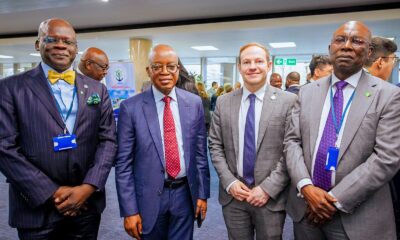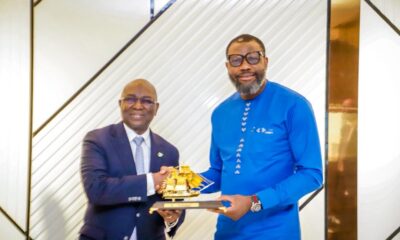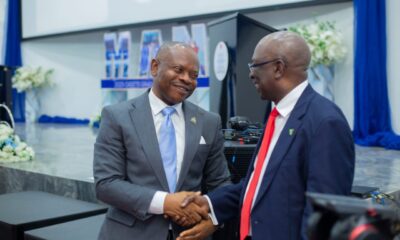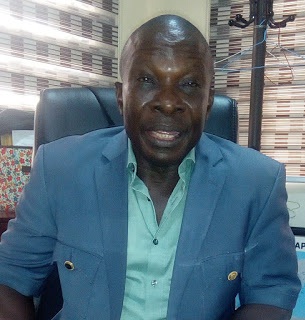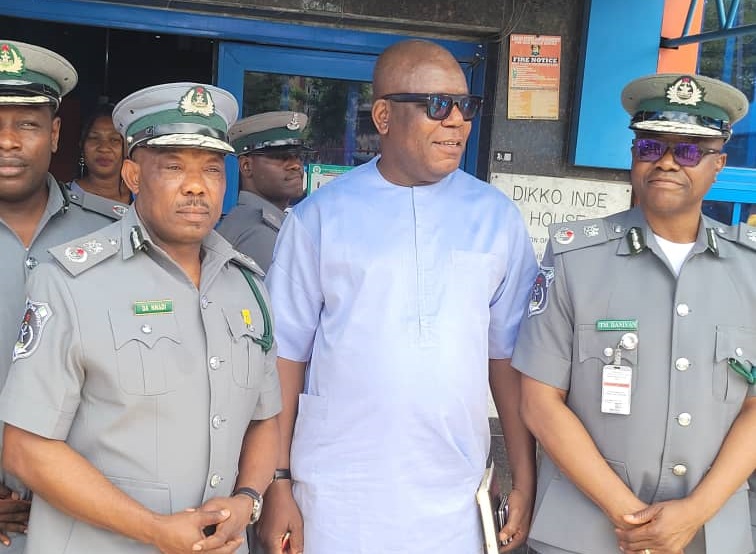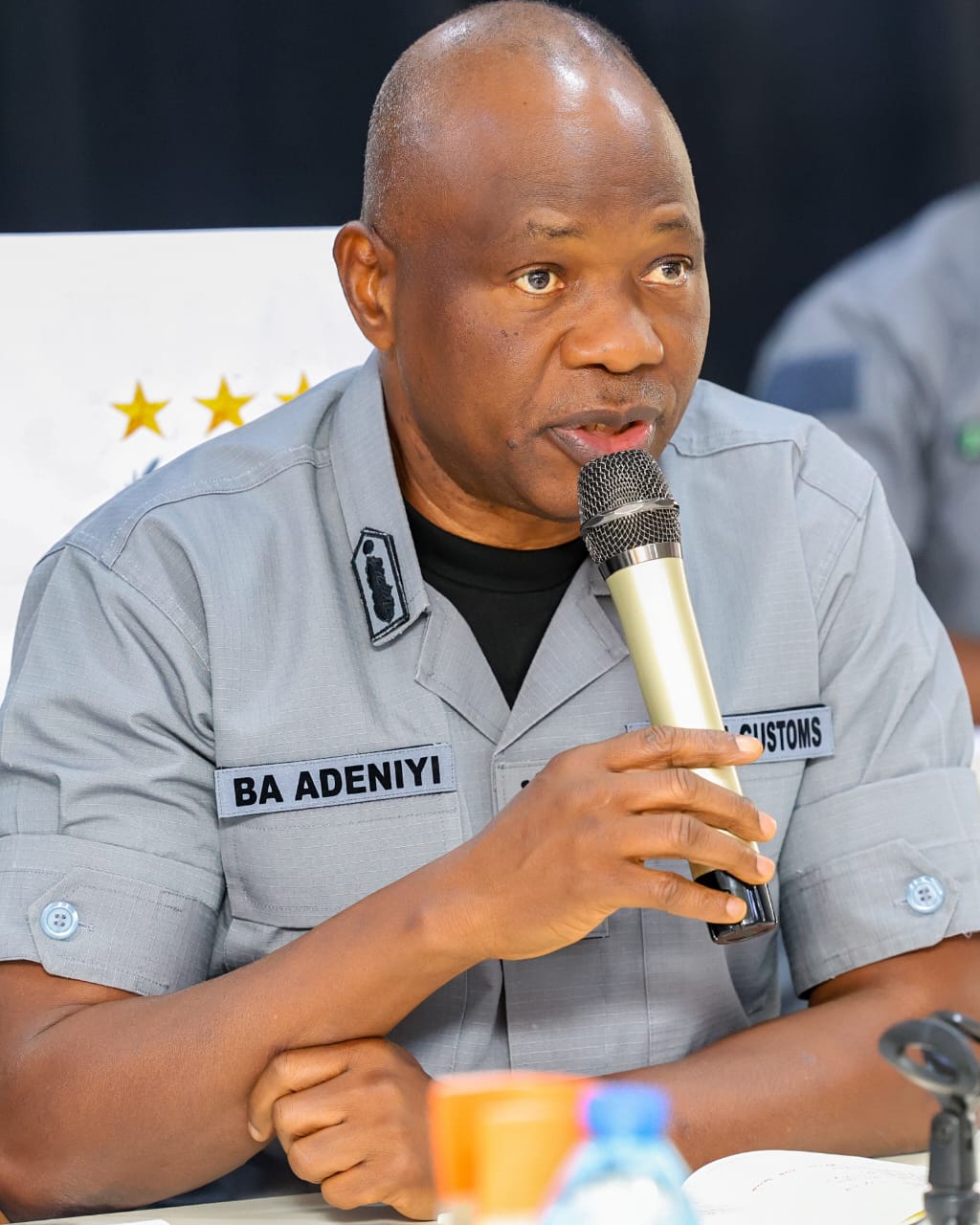International Maritime
CVFF: 15-Year Chronicle of Broken Promises and Bureaucratic Gymnastics
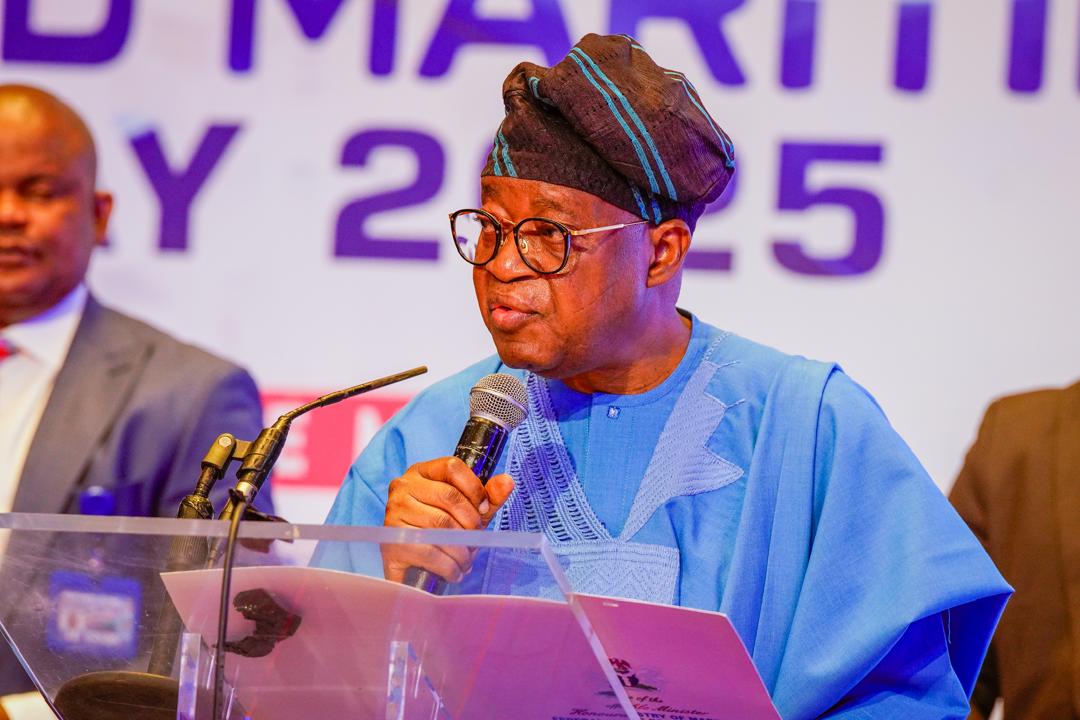
BY GBOGBOWA GBOWA
Established under the Coastal and Inland Shipping (Cabotage) Act of 2003, the Cabotage Vessel Financing Fund (CVFF) was envisioned as a lifeline for Nigeria’s indigenous shipowners.
Funded through a 2% surcharge on cabotage contracts, the CVFF was meant to empower local operators to acquire and maintain vessels, thereby boosting Nigeria’s maritime capacity.
Yet, more than 15 years since its inception, the CVFF has become a textbook case of government foot-dragging, opaque policy shifts, and political lip service. The disbursement of the fund has since become a timeline of twists and turns.
Between 2006 –2010, initial accumulation of funds began just as shipowners expressed optimism, but no disbursements were made. In 2013 the Nigerian Maritime Administration and Safety Agency (NIMASA) announced readiness to disburse. Bureaucratic bottlenecks stall the progress.
From 2017 to 2019, successive ministers promised imminent release. Guidelines are revised repeatedly, with no clear implementation framework. And by 2022, former Minister of Transportation, Rt. Hon. Rotimi Amaechi declared that disbursement will begin “soon.” Nothing happened, confirming stakeholders skepticism.
Between 2023 and 2024 under President Tinubu’s administration, hopes are rekindled with the creation of the Ministry of Marine and Blue Economy, yet, CVFF remains untouched.
Tuesday, October 19, 2025 , Minister of Marine and Blue Economy, His Execellency, Adegboyega Oyetola CON, while hosting NIMAREX committee members announced the commitment of the federal government and ministry in providing a vague “other financing mechanisms” to support ship acquisition by shipowners; clearly avoiding any mention of CVFF disbursement.

Estimates suggest that the CVFF has accumulated over ₦100 billion since inception. Despite this, not a single indigenous shipowner has received funding. The opacity surrounding the fund’s management and the lack of accountability have led many to question whether the money is even intact.
While disbursement instruments has been used as a perpetual excuse for the delay of the disbursement of the Fund, over the years, government has floated various models.
*Bank-led disbursement: Partnering with commercial banks to manage the fund.
*Direct government allocation: Through NIMASA and the Ministry.
*Public-private partnerships: Promised but never formalized.
Each model has been announced with fanfare, only to be quietly shelved or restructured without explanation; until Minister Oyetola’s recent political theatre; providing more comic relief for global oberservers, of a maritime nation without ships; a nation struggling to sit in the critical councils of the International Maritime Organisation (IMO).
The Minister’s recent press release is emblematic of the government’s strategy: grand declarations, strategic omissions, and deflection. While he speaks of “irreversible commitment” to indigenous shipping, his refusal to address the CVFF, Nigeria’s most tangible maritime financing tool, casts doubt on the sincerity of his promises.
By pivoting to support for NIMAREX and other “alternative financing,” the Minister sidesteps the elephant in the room: why has the CVFF not been disbursed after 15 years?
Until the CVFF is transparently deployed, all talk of maritime empowerment remains hollow. The time for rhetoric is over, Nigeria’s shipowners deserve action, not applause.



